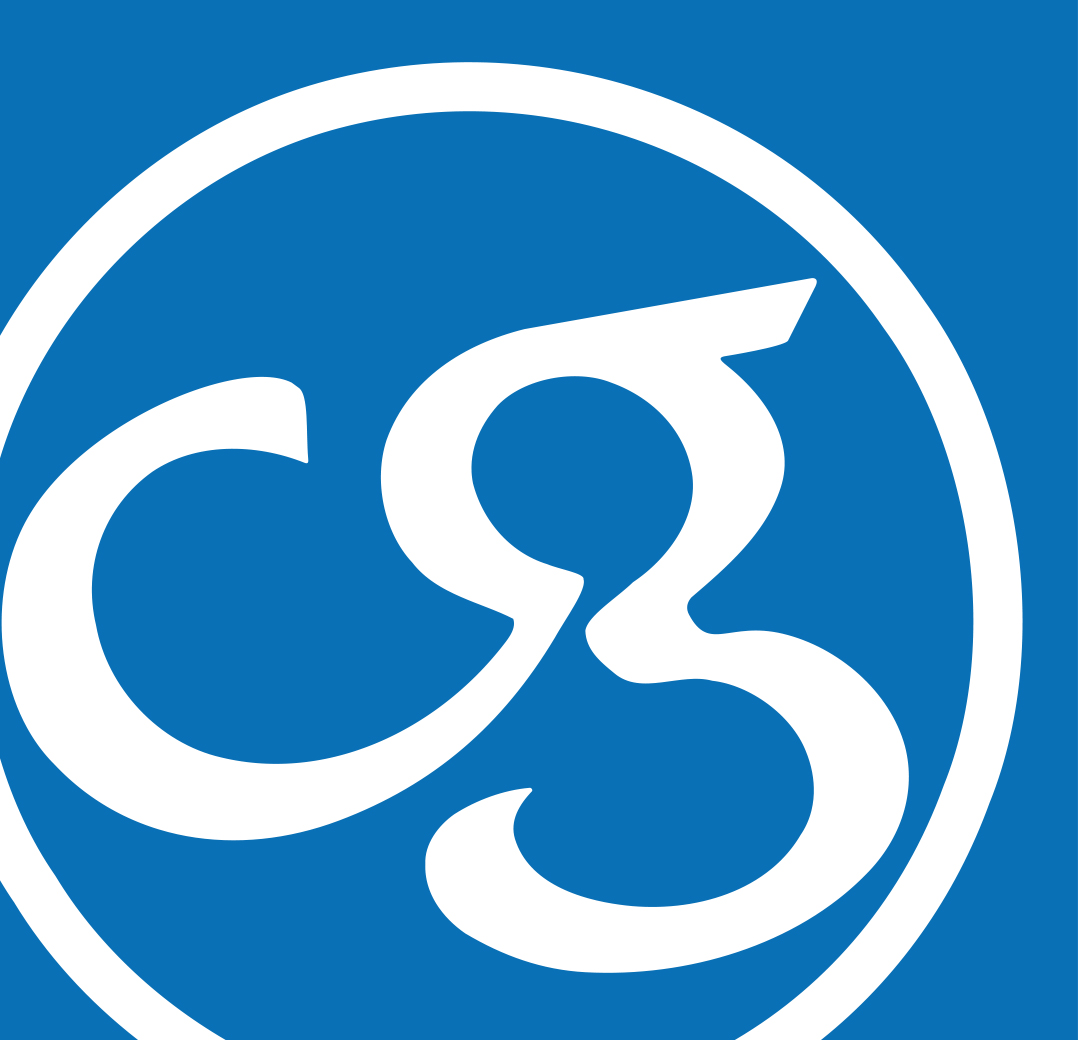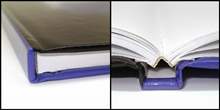Finishing Services
Bindery
All work with press sheets other than the actual printing: cutting, jogging (to form a neat even stack of sheets), collating, folding, and stitching.
Die Cutting
Fabricating process to cut any shape, design or pattern through the use of steel rule dies, rotary or circular dies, thermal dies and clicker dies, as well as machined compound and progressive die tooling.
Embossing/Debossing
Impressing an image in relief to achieve either a raised surface (embossing) or an indented pattern (debossing); may be either on blank paper (blind embossed) or overprinted.
Foil Stamping
The use of a thin sheet of metal, plastic or other shiny material (clear or opaque) which is "stamped" in a design onto the paper surface. Foil stamping can be combined with embossing or debossing. (With debossing, the image is pressed into paper so it lies below the surface.)
Folding
An operation performed— commonly after printing and cutting—to fold a press sheet into a signature, map, pamphlet, etc.
Hand Bindery
Any finishing work done by hand: assembly, collating, gluing, etc.
Lamination
The application of a thin plastic film to a printed sheet for protection or appearance, creating a hard, glossy surface that is impervious to stains.
Trimming
Cutting off excess press sheet material to create the final size of the printed page/image.
Bookbinding Services
Soft Cover
Perfect-Bound
Binding that involves stacking all the pages or signatures together, roughening and flattening the spine edge and attaching the paper cover to the spine with a flexible adhesive.
Adhesive Bound
Lay-Flat
Binding that involves securing loose pages into a solid text block by means of an adhesive rather than by means of sewing or stitching.
Smyth Sewn
Smyth Sewn Lay-Flat
Binding that involves sewing together folded, gathered, and collated signatures with a single thread sewn through the folds of individual signatures.
PUR-Bound
Binding that involves stacking all the pages or signatures together, roughening and flattening the spine edge and attaching the paper cover to the spine with a PUR (polyurethane reactive) adhesive binding considered the most durable bookbinding adhesive on the market.
Saddle-Stitch
Binding that involves securing the pages of a section through the center fold by means of wire staples; the term "saddle" derives from the SADDLE of the machine.
Hard Cover (Casebound)
Side-Sewn
Binding that involves securing the sections of a book with thread or wire near the binding edge, from front to back through the entire thickness of the text block.
Adhesive Bound Round-Back
Adhesive Bound
Square-Back
Adhesive Bound
Binding that involves securing loose pages into a solid text block by means of an adhesive rather than by means of sewing or stitching.
Smyth Sewn
Round-Back
Smyth Sewn
Square-Back
Smyth Sewn
Binding that involves sewing together folded, gathered, and collated signatures with a single thread sewn through the folds of individual signatures.
Specialty Binding
Wire-O Bound
Wire-O Bound
Binding books along the edge using double loops of wire; this allows the book to lie flat when opened.
Standard Drill
Standard Drilled
Punching three holes in a finished printed piece for use in a ring binder.















